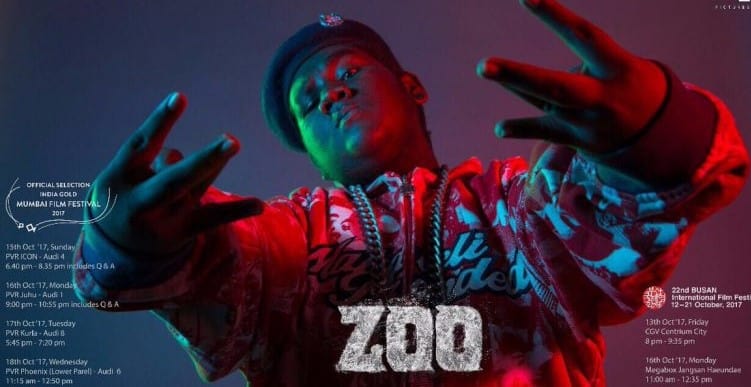On this ‘International Day of Tolerance’, here’s an understanding of the term ‘generation snowflake’ and the diminishing tolerance in the society.
“You are not special. You are not a beautiful and unique snowflake. You are the same organic and decaying matter as everyone else,” said Tyler Durden in Fight Club.
Snowflake, literally meaning frozen rain is a term used to describe oversensitive individuals who melt at the slightest increase in temperature just like an actual snowflake. They feel a sense of entitlement and believe their opinion to be right all the time. They have a hard time accommodating conflicting opinions and get offended at the drop of a hat.
Today’s generation of oversensitive millennials and post-millennials are commonly categorized as ‘generation snowflake’. It is widely believed that this generation is more prone to taking offence than any other previous generation. While every generation takes offence at some or the other things, our generation seems to be more vulnerable and sensitive.
As the famous feminist saying goes ‘Personal is political’, the current generation seems to have started taking everything political as personal resulting in high emotional responses.
Researchers argue that university students today are overly self-entitled, averse to any form of criticism and lack resilience to accommodate conflicts. While this is a debatable argument, the increasing trigger warnings before articles and social-media rants make it difficult to eliminate the term altogether. The tolerance level seems to be at an all-time low as even the most insignificant issue arouses aggressive emotions from the youth on social media today.
‘I see my social media filled with overly emotional and at times, aggressive responses to every new political or social news. Many times I feel that such reactions are overstated and serve no purpose,’ said a student of Gargi College.
While according to Sakshi from Kamala Nehru College, “This is derogatory to assume because our generation is much more active and socially aware.”
The generation today is, undoubtedly, much more enlightened about the various ills and discrimination plaguing society. They speak up for their rights and tolerate no injustice. But, the term ‘snowflake’ is for those individuals who, masking this activism, use the opportunity to whine at every matter.
Cynicism and Nihilism are the ‘it’ words used by the generation today as optimism and hope seem to have exited their dictionaries. A large number of NGOs fuel this thinking by presenting an exaggerated dystopian worldview. Parenting is largely responsible for how a child will grow up to be. Thus, it becomes essential to see through the ‘snowflake’ traits of their children and inculcate tolerance and humility.
While, as much as this generation is believed to be intolerant, narcissistic and entitled, it becomes important to reflect that this term ‘generation snowflake’ is also coming out of older generations’ inability to accommodate this opinionated generation.
Instead of dismissing the current generation’s every argument as immature and branding them as ‘sensitive and intolerant young people’, people need to be more open to accepting this evolving generation who take no injustice. Also, the Gen Y and Z need to be more tolerant of opinions which don’t match theirs and decisions that don’t go their way.
On this ‘International Day of Tolerance’, let’s pledge to be more tolerant and accommodative of conflicting opinions and views and take dissent as disagreement and not disrespect.
Feature Image Credits: Scopio
Shreya Agrawal


